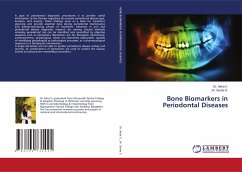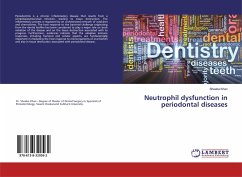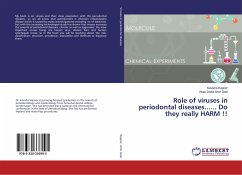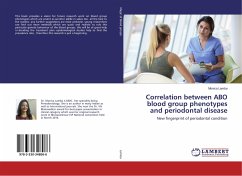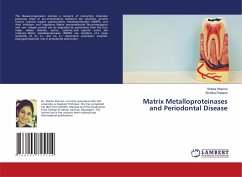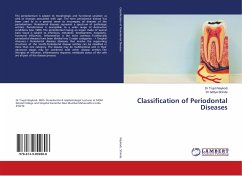
Classification of Periodontal Diseases
Versandkostenfrei!
Versandfertig in 6-10 Tagen
36,99 €
inkl. MwSt.

PAYBACK Punkte
18 °P sammeln!
The periodontium is subject to morphologic and functional variation as well as changes associated with age. The term periodontal disease has been used to in a general sense to encompass all diseases of the periodontium. Periodontal diseases represent a spectrum of pathologic entities. Periodontium is susceptible to a wide range of destructive conditions (Loe 1993). The periodontium being an organ made of several basic tissue is subject to infectious, metabolic, development, neoplastic, hormonal influences. Inflammation is the most common. Traditionally periodontal diseases have been divided in...
The periodontium is subject to morphologic and functional variation as well as changes associated with age. The term periodontal disease has been used to in a general sense to encompass all diseases of the periodontium. Periodontal diseases represent a spectrum of pathologic entities. Periodontium is susceptible to a wide range of destructive conditions (Loe 1993). The periodontium being an organ made of several basic tissue is subject to infectious, metabolic, development, neoplastic, hormonal influences. Inflammation is the most common. Traditionally periodontal diseases have been divided into 2 major categories: - - Gingival diseases - Periodontal diseases (diseases that involve the supporting structures of the tooth) Periodontal disease entities can be classified in more than one category. The disease may be multifactorial and in their advanced stages may be combined with other disease entities. The interplay of infection, inflammatory response, metabolic status of the cells are all part of the disease process.





